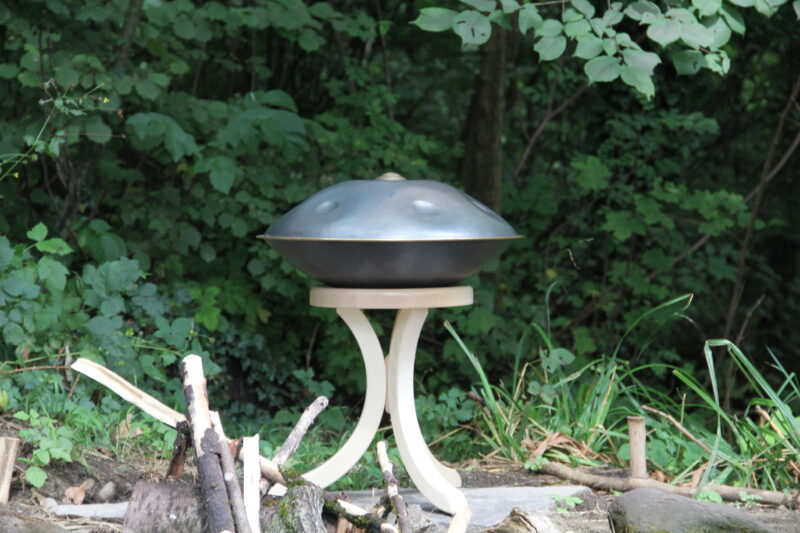Copyright: Update October 2023
Categories: Blog, News, Articles, Copyright Author: PANArt 3rd October 2023

Article: Copyright: Questions and Answers
The Commercial Court of the Canton of Bern had scheduled the main hearing for two days, and it indeed lasted that long – unusually long for a court hearing in Switzerland. The courtroom was filled to capacity.
The proceedings began with the lawyers representing the 25 manufacturers and providers of copies of the HANG, as well as self-proclaimed representatives of the "Handpan Community." For over an hour, they read aloud what they had previously submitted in writing, essentially reiterating their claim that the original version of the HANG (the so-called "Ur" HANG) created by Sabina Schärer and Felix Rohner in late 1999 was a chance discovery, and that subsequent versions, up to the one produced and distributed by PANArt Hangbau AG since 2001, were merely due to technical improvements.
The lawyer representing the creators had a completely different perspective. His plea was clearly fueled by the passion of the creators and their family and friends who were present at the trial. He reminded the court that nearly 150 years ago in Bern, Switzerland and nine other states signed the "Berne Convention," which is now recognized worldwide, driven by the desire to protect the rights of authors to their works in the most effective way possible. He emphasized that even the design of a musical instrument as a "work of applied art" is protected by copyright if it is individual. He argued that the HANG was not a chance creation, as confirmed by Sabina Schärer and Felix Rohner during the questioning, but also through a comparison with all known instruments with similar functionality in 1999. Furthermore, he argued that the design of the "Ur" HANG was statistically unique, as demanded by former Bernese law professor Max Kummer in the 1960s for copyright protection but had since been considered too strict by the courts.
Even if, hypothetically, one were to improperly consider the "Ur" HANG as the starting point for assessing its individuality, not only the two recognized experts in sheet metal percussion instruments, Prof. Achong and Dr. Steppat, but even the "expert" commissioned by the plaintiffs had demonstrated that an instrument capable of producing the same sounds as the HANG did not necessarily have to look like the HANG. However, the authors' lawyer concluded that this was also irrelevant from a copyright point of view. Instead, he concluded that the creators' primary objective was not financial gain but the recognition and respect for their intellectual property.
Subsequently, the court questioned percussionist Reto Weber, who visited Sabina Schärer and Felix Rohner in late 1999 to have his Steelpan tuned. He confirmed that he had asked them at the time to create a metal instrument playable with hands, similar to a Ghatam. However, he neither claimed that the "Ur"-HANG given to him by them was a chance creation nor that he had been creatively involved in its design.
After the usual attempt at a court settlement had failed, the court rejected all further requests for evidence by the plaintiffs. Concluding the proceedings, it asked the parties to make another attempt at reaching a settlement. If this fails, both parties would be required to submit their closing statements in writing, and the court would issue a judgment.
We expect this judgment in the first quarter of next year, trusting in the competence of the Bernese judges, and we are cautiously optimistic following the course of this trial.
